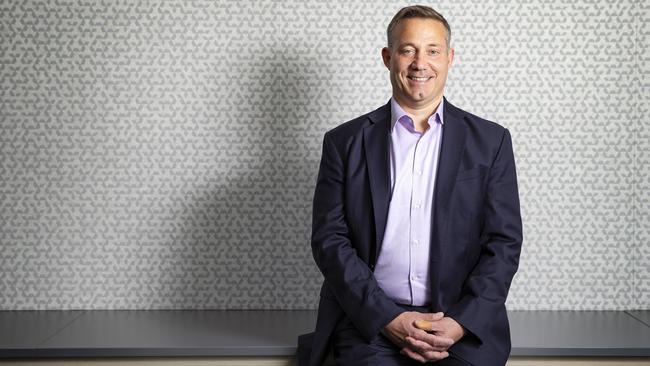
Not only was it one of the first on-market bids by an industry fund vehicle for a listed company, it was a hotly contested bidding war against Spanish infrastructure and renewables group Acciona.
IFM paid $725m for the company which had a grab bag of 900MW of generation capacity across 19 hydro dams and wind farms in Australia, Chile and Brazil. It was seen as an odd move by the funds which was largely ideologically driven and would likely end up in financial tears.
A rocky market for renewable energy – including shifts in government policies around renewable energy – saw it write down the value of its stake in the company by $685m in 2014.
But in December 2015 it sold the company to the China State Power Investment Corp for $3bn – getting back more than three times its original investment and learning a lot about the renewable energy sector along the way.
Fast-forward to today, and IFM – owned by 22 of Australia’s leading industry super funds – has assets of $150bn.
With $80bn of this in infrastructure, in more than 20 countries, it is now one the largest investors in infrastructure around the world, investing for more than 550 global institutional investors (including pension funds, endowments and sovereign wealth funds) because of its decades of expertise in the sector.
IFM’s head of infrastructure, American-born Kyle Mangini, who is fresh from leading IFM’s role in the $24bn takeover bid for Sydney Airport (alongside the $250bn AustralianSuper and other industry funds), has just released a report predicting that green energy, including investment in renewables and other measures to help transition, will be one of the next big things in infrastructure investing.
Titled Resilience and Transition: Infrastructure Outlook, the report says investment in renewables and alternative energy sources as part of the brown to green transition will drive trillions of dollars of global investment.
The International Energy Agency (IEA) is estimating that some $US4 trillion annually in investments will be needed globally by 2030 for clean energy infrastructure projects.
Several billion of that can be expected to be invested in Australia including in renewables, cleaner energy, renewing generation systems (just ask AGL) and in gearing up to handle the next generation of electric vehicles.
IFM is again putting its money where its mouth is, announcing a new investment fund or “strategy” as it prefers to call it, to establish a $US3bn net carbon zero infrastructure fund.
Mangini is looking at raising the funds over the next 12 to 18 months with IFM pushing ahead with its first investment in net zero infrastructure as soon as the next few months. The fund will look at large-scale infrastructure energy transition projects including electrification, carbon capture and solar power.
With investments around the world, including toll roads and airports, IFM has a bird’s eye view of what is happening in the global renewable energy sector.
As Mangini says, carbon – and the challenge of reducing emissions – knows no boundaries, with governments and companies vowing to become net carbon zero by 2050. Regardless of the policies of governments, the global push to commit to zero emission targets is unstoppable.
Mangini, an infrastructure specialist who joined IFM in 2007, says it learned a lot about renewable energy assets from its decade-long ownership of Pacific Hydro.
“Pacific Hydro was extremely valuable in terms of understanding the renewable asset class,” he says. “It brings a tremendous amount of insight from having been in that asset.”
Australia has developed an expertise in investing in infrastructure with companies such as Macquarie Group pioneering a sophisticated approach to infrastructure financing where it is now a major global player.
It goes back to the privatisation of power station assets in NSW.
IFM followed up with a strong focus on infrastructure investing which has seen it win mandates from institutions around the world. In some cases, US funds including pension funds and endowments are effectively giving IFM money to invest back into assets into the US.
But now, in 2022, IFM’s long experience in renewable energy – some of it hard won given the ups and downs of wind farms and small hydro power operations – is starting to pay off.
As Mangini says, there are lots of opportunities for green energy investments in Australia, a country with a large land mass and plenty of sun and wind.
Australia’s current heavy dependence on coal-fired power will also create opportunities for new investments.
IFM’s expertise in infrastructure will play out in the green infrastructure space, developing a global expertise in its practical applications including having solar power at airports or looking to develop greener aviation fuel.
It’s a more collaborative world tackling major global problems.
“With many of the world’s largest airlines announcing commitments to increase their take up of sustainable aviation fuels, long-term success requires a step change in the level of collaboration between airlines, airports, government and fuel producers,” IFM says in its report.
Having just made its new fund public, it will be interesting to see what bold new investments IFM makes. IFM has come a long way from that bold bid for Pacific Hydro in 2005.




Back in 2005 the industry super-backed IFM Investors made the radical move of bidding for listed renewable energy company Pacific Hydro.